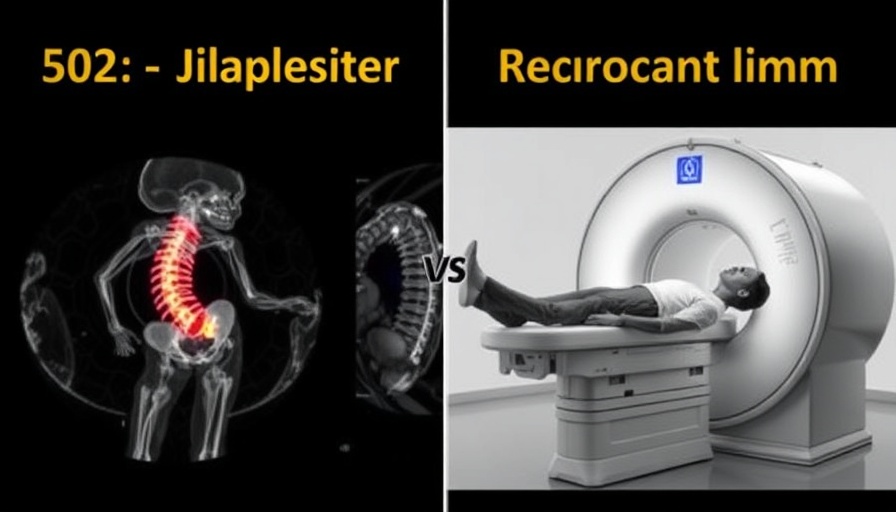
Understanding Upright vs Recumbent MRI: What You Need to Know
As chiropractors strive to provide the best care for their patients, understanding various imaging techniques becomes essential. A recent systematic review published in the Spine Journal sheds light on a critical question: Are there significant differences between upright and traditional recumbent (lying down) MRI scans in assessing spinal conditions? This inquiry is particularly relevant given the advancements in imaging technology and how they impact patient care.
Key Insights from Recent Studies
The systematic review analyzed data from 19 studies involving over 5,200 participants. Findings reveal that upright MRIs, which allow patients to be scanned in a weight-bearing position, may provide more relevant information in certain cases than conventional lying-down scans. Patients experiencing chronic pain or those with specific spinal deformities could significantly benefit from the insights offered by upright imaging.
The Clinical Relevance of MRI Imaging Techniques
Upright MRIs simulate the dynamic nature of the human spine under stress, which could lead to a more accurate diagnosis. Unlike recumbent MRIs, which capture images while a patient is relaxed, upright scans reflect how the spine operates during movement and weight-bearing activities.
This functionality is crucial as many spinal conditions relevant to chiropractors may not be adequately assessed in a sedentary position. For instance, conditions like herniated discs or spinal stenosis might present differently when the spine is subjected to gravitational forces.
The Implication for Chiropractic Practice
For chiropractors, the ability to determine the most appropriate imaging technique could directly influence treatment outcomes. If upright MRIs correlate better with patient pain levels, practitioners may want to consider them as a primary tool in diagnostic processes. This shift could enhance patient outcomes and foster a better understanding of spinal dynamics in clinical settings.
Future Trends and Considerations
As more studies emerge, a trend towards adopting upright MRI technology in chiropractic practices may grow. Chiropractors must stay informed of the latest evidence-based insights to optimize their imaging choices. With equipment costs and training required to implement these technologies, many practitioners will weigh the benefits against financial implications.
Conclusion: Enhancing Patient Care through Innovative Imaging
In conclusion, as chiropractors explore the complexities of spinal imaging, the shift from conventional recumbent MRIs to upright imaging could play a pivotal role in improving diagnostic accuracy and patient care. By integrating new insights into clinical practices, chiropractors will not only enhance their diagnostic capabilities but also continue to foster patient-centered care in a rapidly evolving healthcare landscape.
 Add Row
Add Row  Add
Add 




Write A Comment